In the shadowy depths of tropical forests, where sunlight barely penetrates the dense canopy, a remarkable predator has evolved an extraordinary hunting strategy. The leaf litter viper, a master of stealth and patience, has perfected the art of silent hunting to such a degree that its prey never registers the mortal danger until it’s too late. Unlike many predators that rely on speed or strength, these specialized serpents have developed a hunting technique that depends entirely on remaining undetected—both visually and acoustically. Their ability to move without creating the slightest rustle across dry, crackling leaf litter represents one of nature’s most impressive adaptations, a perfect marriage of form and function that has fascinated herpetologists and wildlife enthusiasts alike.
The Acoustic Challenge of Leaf Litter

Fallen leaves create one of nature’s most acoustically challenging environments for predators. When dry, leaf litter produces loud, distinctive crackling sounds that can alert potential prey to an approaching threat from considerable distances. For most hunters, moving across this natural alarm system presents an insurmountable problem, as even the most careful movements typically generate noise. In experimental studies, researchers have documented that small rodents can detect normal predator movement across leaf litter from up to 4-5 meters away, giving them ample time to escape. This acoustic challenge has created an evolutionary pressure cooker, forcing specialized predators to develop extraordinary adaptations or face starvation. The resulting arms race between predator stealth and prey vigilance has produced some of the most specialized hunting behaviors observed in the animal kingdom.
Masters of Silent Movement: Which Snakes Hunt This Way?
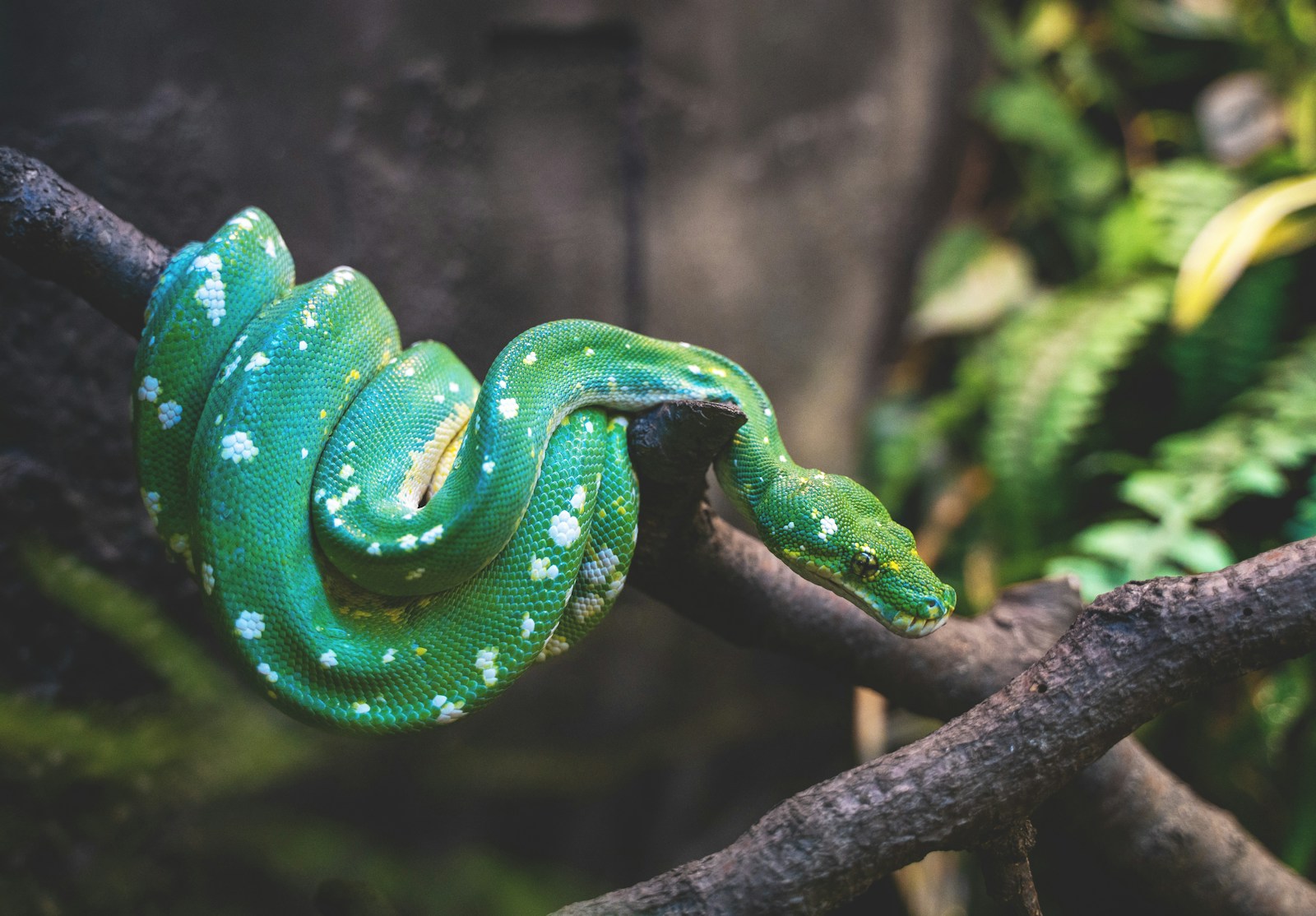
Several snake species have independently evolved the ability to hunt silently across leaf litter, though none have perfected it quite like members of the pit viper family (Viperidae). The most renowned silent hunters include the bushmaster (Lachesis muta), the fer-de-lance (Bothrops asper), and various species of hognose vipers that inhabit the forest floors of Central and South America. In Asia, certain keelback snakes and some members of the Trimeresurus genus (green pit vipers) demonstrate similar adaptations. North America contributes the copperhead (Agkistrodon contortrix), which uses its cryptic coloration and silent movement to ambush prey in deciduous forests. Though evolutionarily distant, these snakes have converged on similar solutions to the same hunting challenge, demonstrating how powerful selective pressure can drive parallel adaptations across unrelated species.
The Physics of Silent Movement
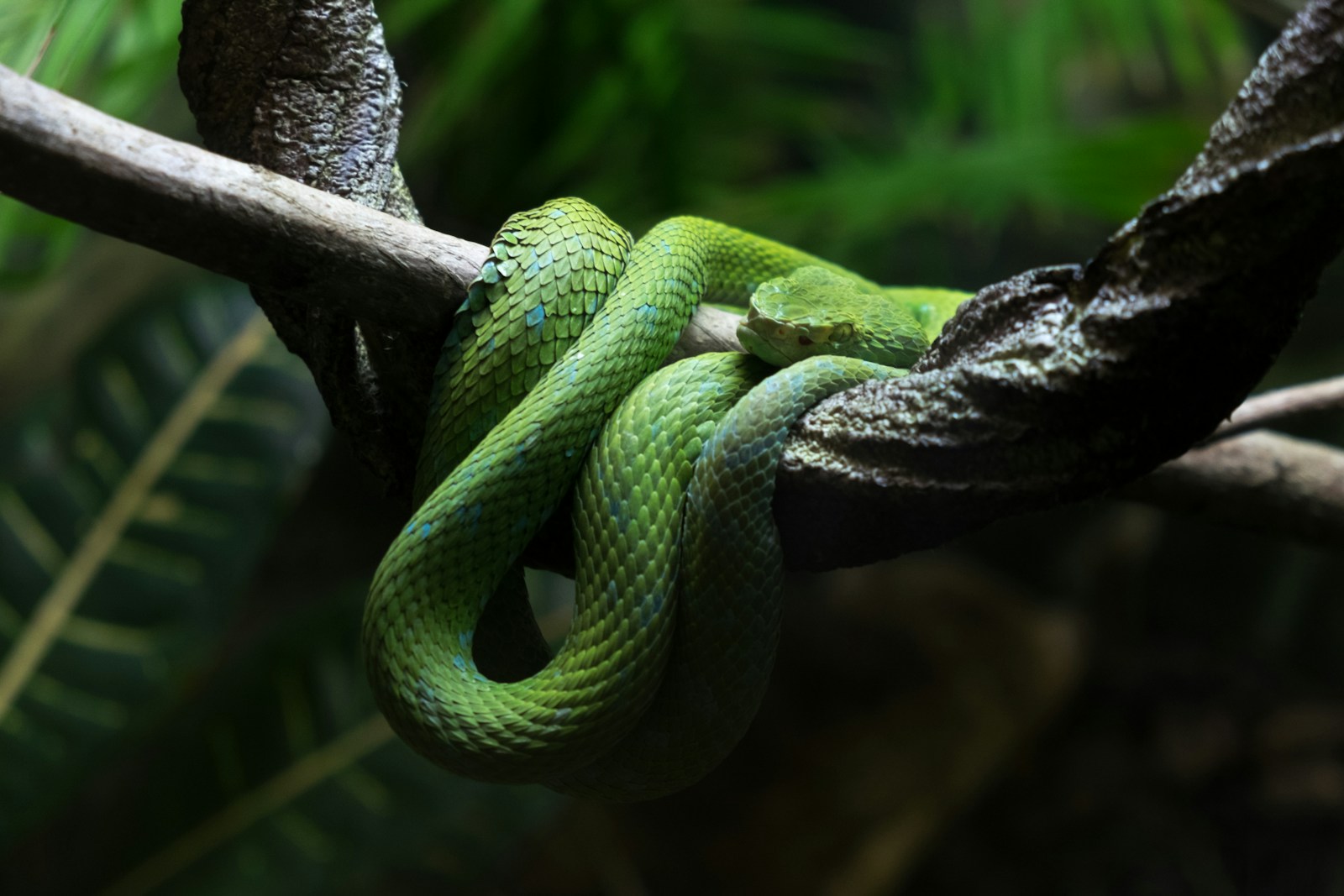
The silent movement of specialized vipers defies conventional physics in fascinating ways. When most objects move across leaf litter, they create sound through compression, friction, and the sudden release of energy as leaves snap back to their original position. Specialized silent-hunting snakes distribute their weight extraordinarily efficiently, never allowing enough pressure to build at any single point to cause a leaf to snap or crackle. High-speed video analysis reveals that these snakes move with a modified rectilinear locomotion, where belly scales lift and advance in microscopic increments rather than the typical serpentine motion most snakes employ. This movement creates a rolling pressure wave along the snake’s underside, similar to how caterpillar tracks on a tank distribute weight across a larger surface area. Researchers studying this phenomenon have struggled to create mechanical models that can replicate this effect, highlighting just how sophisticated this seemingly simple adaptation truly is.
Specialized Scale Adaptations

The ventral (belly) scales of silent-hunting vipers represent remarkable evolutionary adaptations specifically designed for noiseless movement. Unlike the smoother ventral scales of arboreal or aquatic snakes, leaf litter specialists possess ventral scales with microscopic texture patterns that increase friction in precisely calibrated ways. When examined under electron microscopy, these scales reveal complex structures with thousands of tiny directional hooks and ridges that engage with surfaces without creating acoustic disturbance. The leading edges of each scale often feature specialized flexible zones that absorb potential sound-generating impacts. Additionally, the scales overlap in patterns that create sound-dampening pockets, further reducing acoustic signatures. These specialized scales represent millions of years of evolutionary refinement, resulting in what amounts to natural acoustic stealth technology that still outperforms human-engineered solutions for silent movement.
Body Mechanics and Movement Patterns
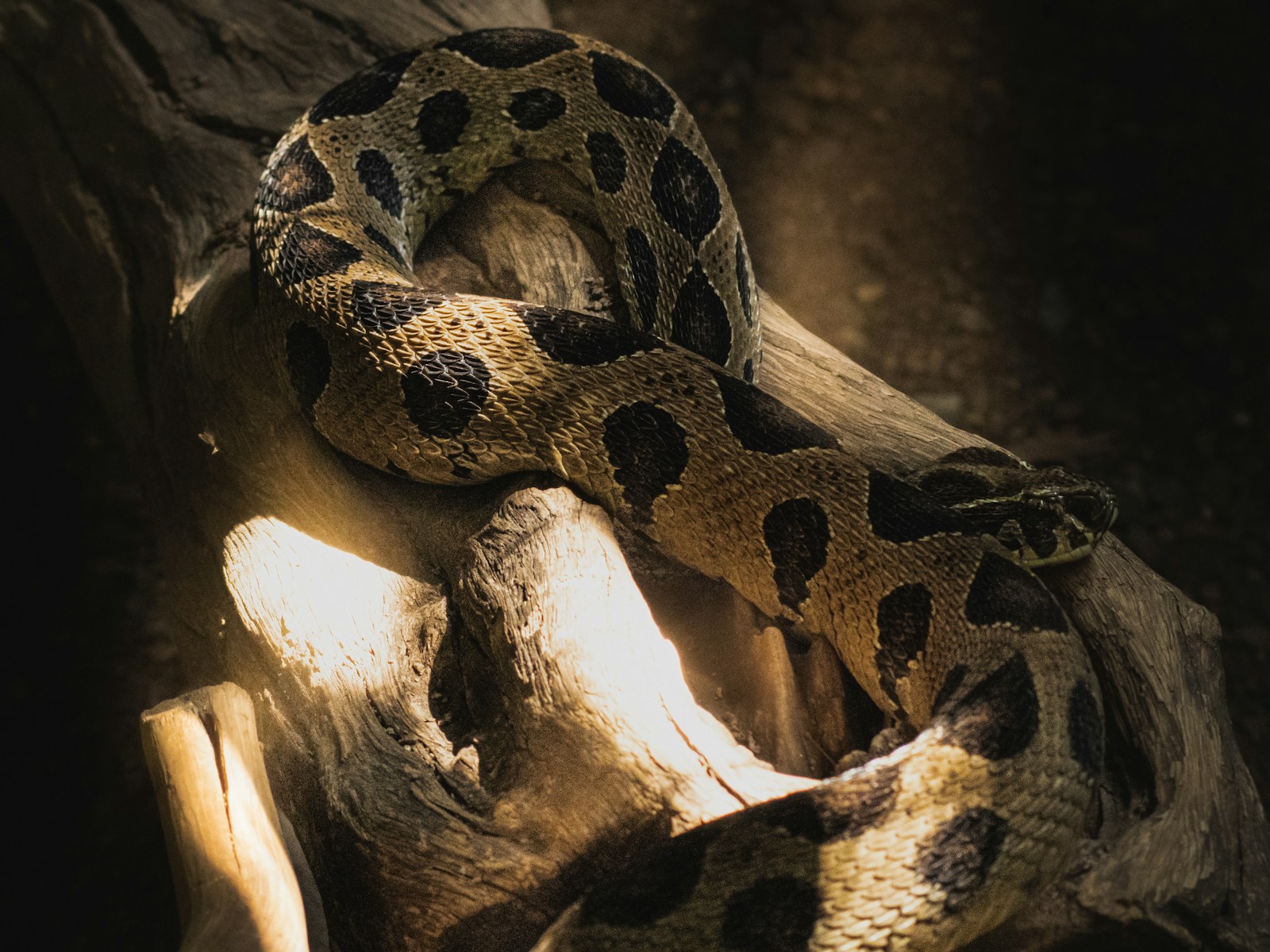
Silent-hunting vipers employ highly specialized body mechanics that bear little resemblance to the movement patterns of other snakes. Rather than using typical serpentine undulation or even standard rectilinear “caterpillar” motion, these specialists use what herpetologists call “elevated rectilinear progression” or ERP. In this unique movement pattern, the snake lifts microscopic sections of its body just fractions of a millimeter above the leaf litter, advancing them forward before gently placing them down in a precisely controlled sequence. High-speed photography has revealed that this movement happens in waves so subtle they’re almost imperceptible to the naked eye. The snake’s muscles work in highly coordinated patterns, with antagonistic muscle groups providing fine control over pressure and positioning. This movement requires extraordinary energy efficiency, as the snake essentially performs constant, precisely controlled partial push-ups along its entire body length while maintaining perfect balance and orientation toward its prey.
The Role of Patience in Silent Hunting

The silent-hunting viper’s strategy depends as much on extraordinary patience as it does on physical adaptations. These specialized predators frequently remain completely motionless for hours or even days in optimal ambush positions, waiting for prey to come within striking range. Field studies have documented individual vipers maintaining the same hunting position for up to 72 consecutive hours without any discernible movement. This extreme patience represents a significant metabolic adaptation, as these snakes have exceptionally low resting metabolic rates, allowing them to conserve energy during long waiting periods. When movement becomes necessary, the snake advances at speeds that seem glacial to human observers—often taking 15-20 minutes to move just one body length forward. This patience-based hunting strategy perfectly complements the snake’s silent movement capabilities, creating a complete predatory system optimized for stealth.
Thermal Sensing and Targeting

Silent-hunting vipers rely heavily on their extraordinary heat-sensing capabilities to detect and target prey in the leaf litter environment. Unlike other senses that might require movement (and thus noise creation) to optimize, the heat-sensing pits located between the snake’s eyes and nostrils can detect temperature differences as small as 0.003°C at distances up to one meter. This remarkable sensitivity allows the snake to create a precise thermal image of its surroundings without moving a muscle. The heat signatures of small mammals and birds stand out sharply against the cooler background of forest floor vegetation, giving the snake perfect targeting information even in complete darkness. Neurological studies have shown that viper brains process this thermal information in specialized regions that integrate it with visual data, creating a composite sensory map that guides the final strike with remarkable precision.
The Perfect Ambush: Strike Mechanics
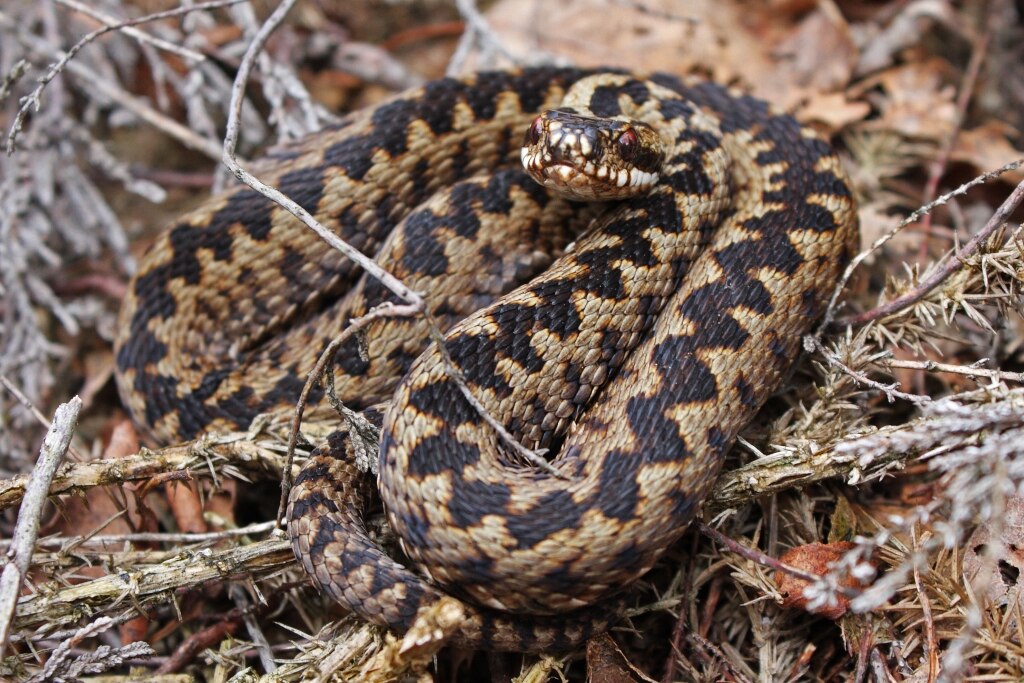
After the painstaking silent approach, the viper’s strike represents an explosive culmination of the hunting sequence that happens with astonishing speed and precision. High-speed videography has documented strike speeds exceeding 175 miles per hour in some species, with the entire forward motion, bite, venom injection, and return to striking position occurring in less than 0.2 seconds. This rapid strike is possible because the snake preloads potential energy by arranging its body in a specialized “S” coil configuration during the final approach phase. The strike itself is primarily powered by specialized fast-twitch muscle fibers that can contract at rates far exceeding those of most vertebrate muscles. What makes this strike particularly remarkable is that despite its explosive nature, the snake’s body remains firmly anchored to the ground, preventing any sound-generating movement of the leaf litter that might alert other nearby prey animals.
Venom Delivery Systems
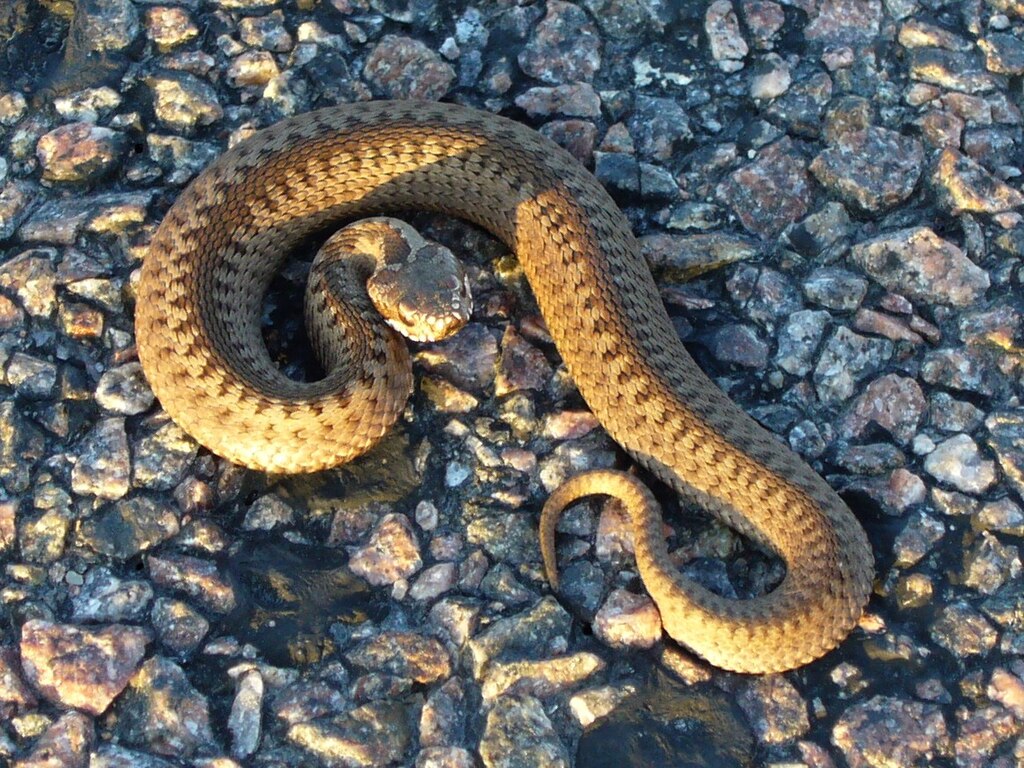
The venom systems of silent-hunting vipers represent specialized adaptations perfectly suited to their unique hunting strategy. Unlike constrictors that must maintain physical control of their prey, these vipers employ a “strike-and-release” strategy that minimizes physical contact with potentially noisy struggling prey. Their venoms typically contain a carefully calibrated mixture of hemotoxic compounds that rapidly immobilize prey while beginning the digestive process from within. The hollow fangs that deliver this venom are often proportionally longer in silent hunters than in their relatives, allowing for deeper penetration and more reliable venom delivery during the brief moment of contact. Sophisticated musculature around the venom glands allows precise control of venom quantity, with some species capable of delivering “dry bites” when threatened but full venom loads when hunting. This venom delivery system perfectly complements the silent hunting approach, allowing the snake to maintain its acoustic stealth throughout the entire predation sequence.
Evolutionary Origins of Silent Hunting
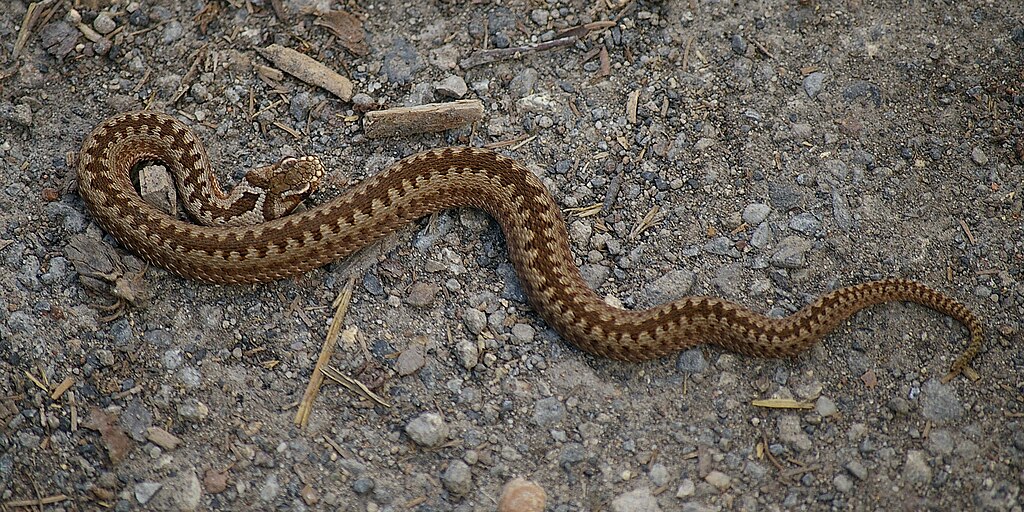
The evolution of silent hunting represents a fascinating example of convergent evolution, having developed independently in multiple snake lineages. Phylogenetic analysis suggests that this specialized hunting strategy first emerged approximately 20-25 million years ago during the early Miocene epoch, coinciding with the expansion of deciduous forests with seasonal leaf fall. Comparative studies of fossil records and extant species indicate that silent hunting likely evolved from more generalized ambush strategies when certain snake populations began specializing in hunting small mammals in leaf litter environments. The fossil record shows a gradual progression of ventral scale modifications and vertebral adaptations that would facilitate silent movement. Interestingly, molecular clock analyses suggest that the most refined silent hunting adaptations accelerated during periods of climate fluctuation when seasonal leaf fall became more pronounced, creating acoustic challenges that drove rapid evolutionary adaptation among specialized predators.
Ecological Importance of Silent Hunters
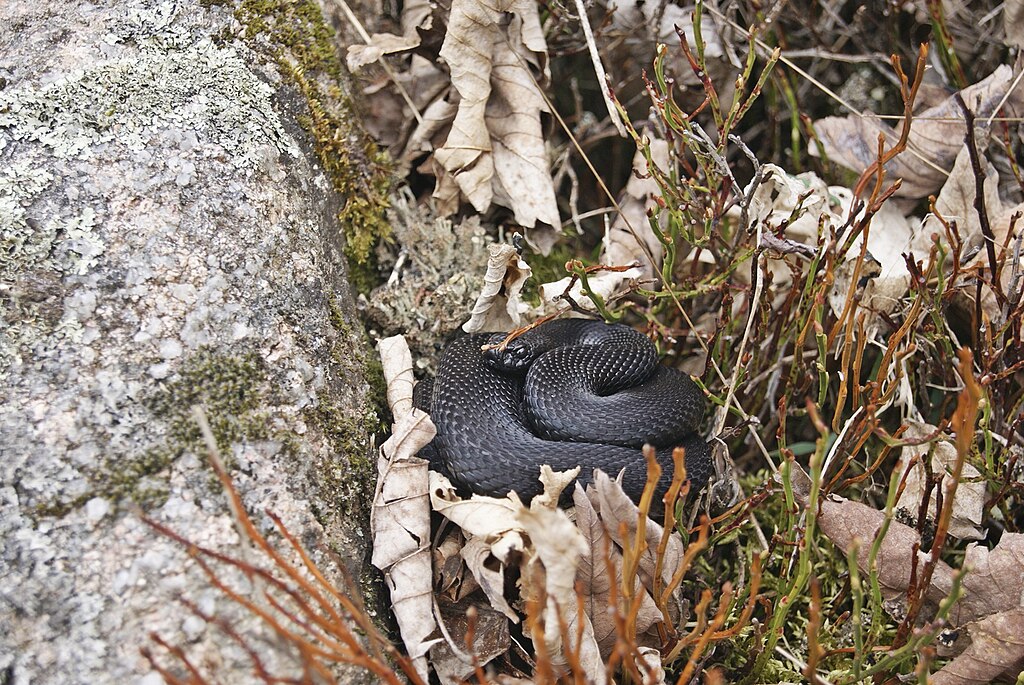
Silent-hunting vipers play crucial ecological roles in the forest ecosystems they inhabit, extending far beyond their role as predators. As mid-level predators, they help regulate populations of small mammals that might otherwise experience boom-and-bust cycles that could damage forest vegetation through overgrazing. Long-term ecological studies in areas where these snakes have been removed show significant disruptions to nutrient cycling, as the rodent populations they normally control can dramatically alter the decomposition rates of leaf litter. Additionally, these specialized predators serve as important prey items themselves for larger forest predators like raptors, wild cats, and omnivorous mammals, forming crucial links in complex food webs. Perhaps most significantly, research indicates that the mere presence of these silent hunters creates “landscapes of fear” that alter small mammal behavior, influencing everything from seed dispersal patterns to the germination success of forest plants.
Conservation Challenges and Threats
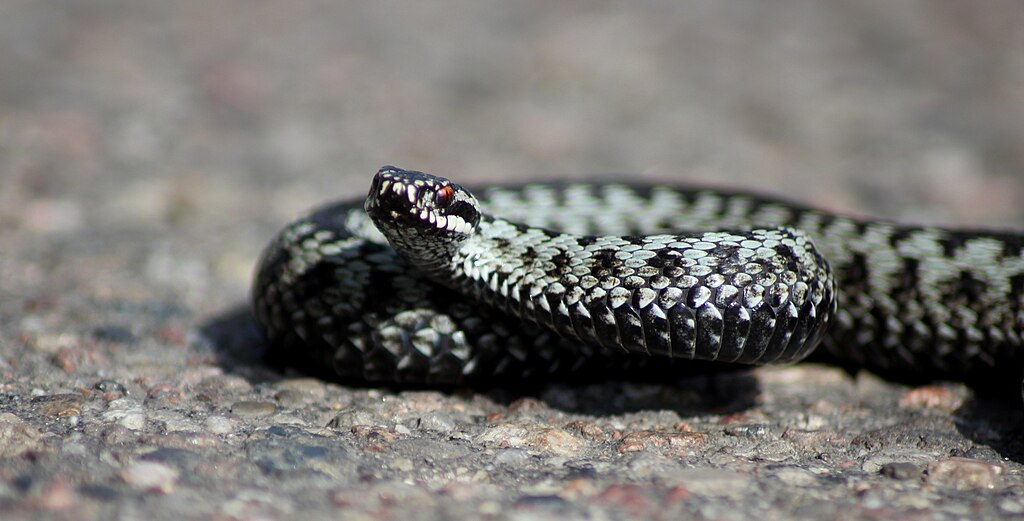
Despite their remarkable adaptations, silent-hunting vipers face numerous conservation challenges that threaten their continued existence. Habitat fragmentation represents perhaps the greatest threat, as many species require large, undisturbed tracts of forest with intact leaf litter layers to hunt effectively. Climate change poses another significant threat, altering precipitation patterns that affect leaf fall timing and decomposition rates, potentially disrupting the acoustic environment these specialized hunters depend upon. Many species also face direct persecution from humans due to fear and misunderstanding about their ecological role and actual risk to people. Additionally, the specialized nature of their hunting strategy makes these snakes particularly vulnerable to environmental changes, as they cannot easily adapt their hunting techniques to modified habitats. Conservation efforts focused on preserving large tracts of intact forest represent the most effective strategy for ensuring the continued survival of these remarkable evolutionary specialists.
Biomimicry Applications
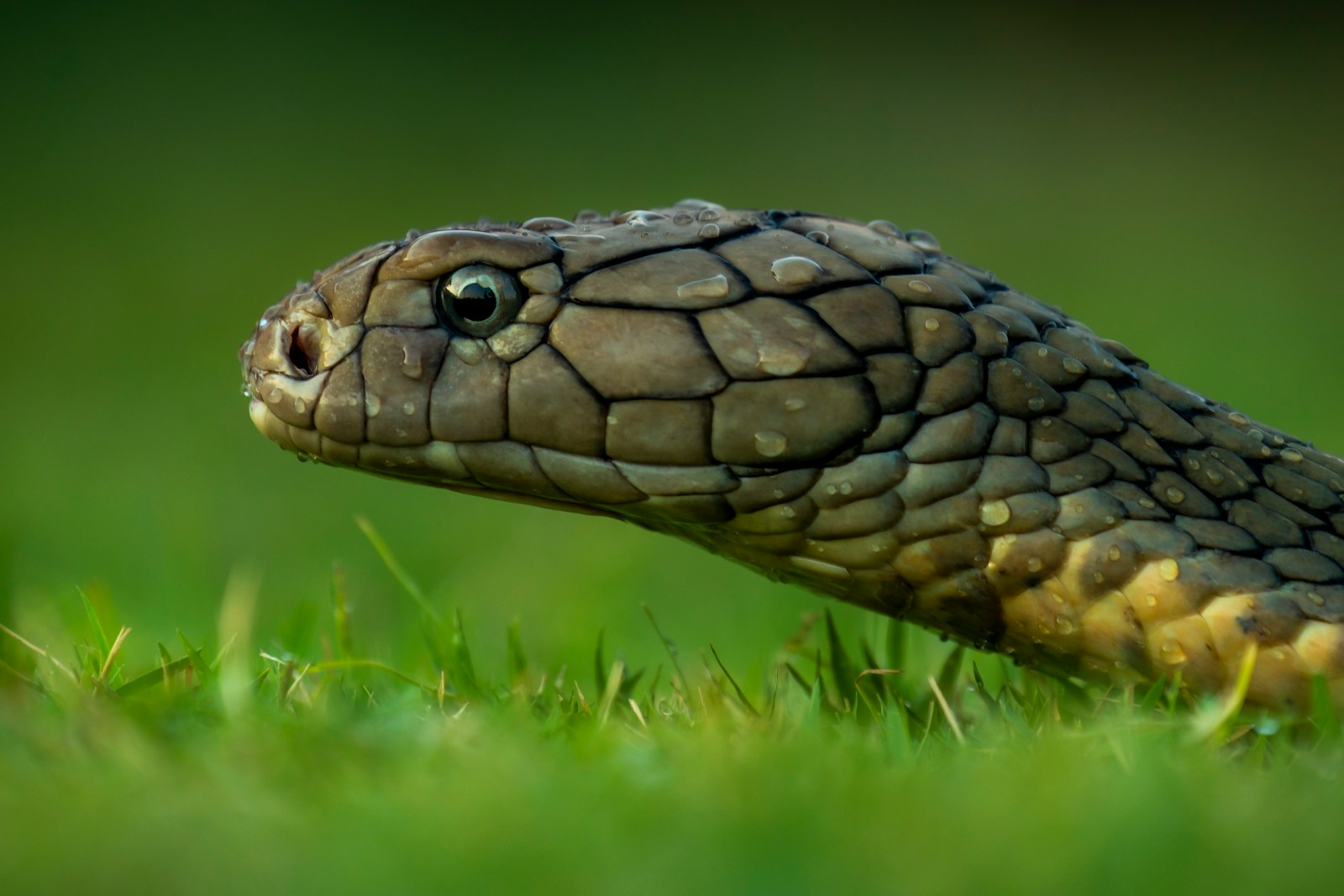
The extraordinary silent movement capabilities of specialized hunting vipers have inspired numerous applications in biomimicry and engineering. Military researchers have studied their movement patterns to develop improved stealth technologies for reconnaissance robots operating in acoustically sensitive environments. The specialized texture patterns on ventral scales have informed the development of new sound-dampening materials used in everything from submarine coatings to architectural acoustics. Medical device engineers have adapted principles from the snakes’ controlled weight distribution to create quieter hospital equipment that won’t disturb patients during overnight monitoring. Perhaps most promisingly, prosthetic limb designers have incorporated insights from the snakes’ movement mechanics to create more naturally silent artificial limbs that don’t produce the telltale sounds that many current prosthetics generate. These diverse applications demonstrate how understanding evolutionary adaptations can inspire human innovation across multiple fields.
The silent-hunting vipers of the world’s forest floors represent one of nature’s most extraordinary evolutionary success stories. Their perfect integration of specialized physical adaptations, behavioral patience, and sensory capabilities creates a hunting strategy of unparalleled stealth. As we continue to study these remarkable predators, we gain not only scientific knowledge but also profound appreciation for the intricate ways evolution shapes life to meet ecological challenges. The snake that hunts in total silence across leaf litter stands as testimony to the power of natural selection to produce solutions that still surpass human engineering. In their quiet, patient perfection, these serpents remind us that sometimes nature’s most impressive innovations are those we can barely detect—even when they’re happening right beneath our feet.





